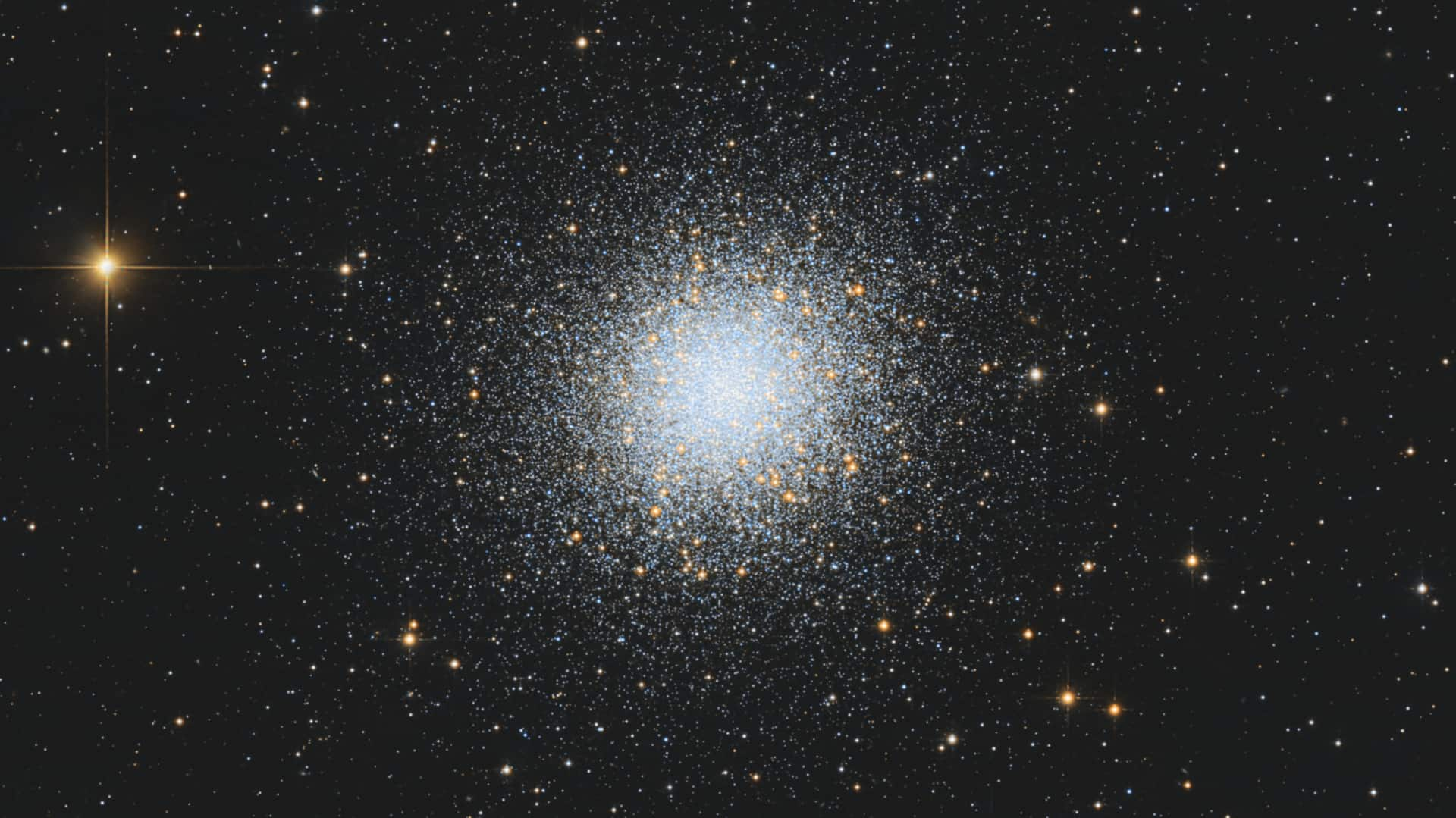
August's Black Moon will help you see 100,000 stars
What's the story
As the second half of August unfolds, stargazers are set to witness a rare celestial phenomenon that will bring one of the darkest nights of the year. A Black Moon—a special type of new moon—will occur on August 22-23, offering near-perfect conditions for skywatching. With the Moon's glow absent, the heavens will open up like a vast canvas of darkness, allowing star clusters such as the Great Hercules Cluster, Hyades, and Pleiades to sparkle with extraordinary clarity.
Cluster classification
What are star clusters?
Star clusters are groups of stars that formed together and remain bound by their mutual gravity. They mainly come in two types: open clusters and globular clusters. Open clusters, like Hyades and Pleiades, are relatively young and appear as looser formations in the Milky Way's disk. Over time, they drift apart due to nearby stars' gravitational pull. Globular clusters, such as Great Hercules Cluster, are dense spherical formations of hundreds of thousands of very old stars orbiting the galaxy's halo.
Cluster details
Great Hercules Cluster
Also known as Messier 13, the Great Hercules Cluster is located some 22,000-25,000 light-years away in the constellation Hercules. It contains hundreds of thousands of closely packed stars and is one of the brightest globular clusters in northern skies. To locate it, find the diamond-shaped "Keystone" asterism formed by four stars in Hercules and sweep your binoculars between Zeta Herculis and Eta Herculis to spot this ancient stellar cluster.
Cluster highlights
Hyades and Pleiades
The Hyades is the closest open star cluster to Earth, located about 153 light-years away in the constellation Taurus. Its stars form a sideways "V" shape, outlining the face of a bull. The Pleiades or Seven Sisters is another well-known star cluster in Taurus constellation. It comprises over a thousand young, hot stars but only seven brightest ones are visible through binoculars, hence its name "Seven Sisters."
Stargazing advice
Tips to view star clusters
To best view these star clusters, experts recommend giving your eyes about 30 minutes to adjust to the dark. After that, using a technique called "averted vision," where one looks just to the side of what they're trying to see, can help pick up faint light more clearly. A basic pair of 10x50 binoculars will start bringing these star clusters into focus. A telescope six inches or larger would provide an even more detailed and impressive view.